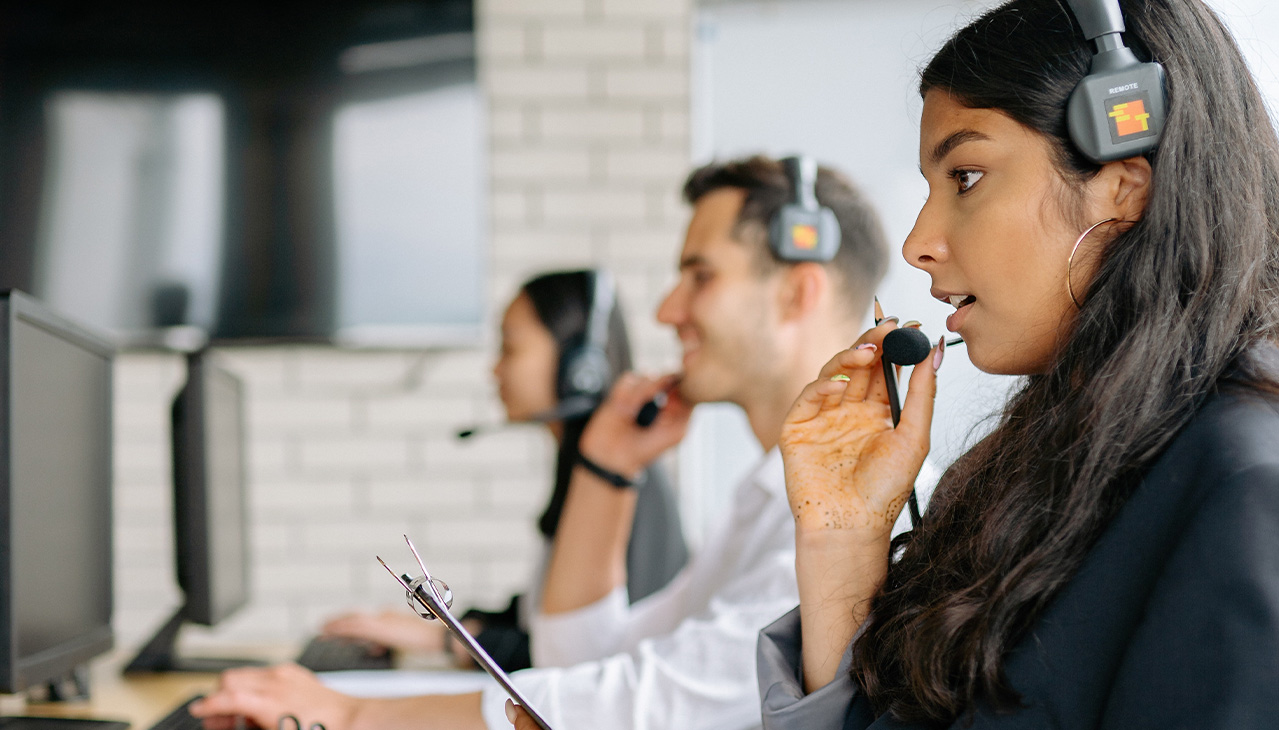There aren’t many interior spaces that have seen such a striking transformation as the humble office. Workplaces that once consisted of rows of desks, boxy cubicles and hard-backed chairs are now things of the past. Wireless technology and creative interior designs have transformed 21st-century areas of work, encouraging workplaces to become areas of beauty, creativity and productivity all at once. But offices weren’t always this way. Here we’ve tracked the evolution of the office and the furniture within it – from rocky beginnings right through to the impressive workplaces we see today.

The introduction of the first ‘office’ space as we now know it originally came about in the 1700s. Corporate businesses flourished at the start of the Industrial Revolution and there became an increasing need for these companies to have an area or headquarters to base themselves. The notion of having a building dedicated solely to commercial activity quickly took hold, resulting in rows of tables and chairs crammed into one room.
Thousands of employees would work this way. Employees would sit at individual desks to process the necessary paperwork of large corporations such as the Royal Navy or East India Company at the time. Private offices were reserved for the management, and little research into workplace well being was done at this time, and so comfort was considered a low priority compared to the output.
As time passed by, new technologies started to emerge. The typewriter was born in the 1880s and then the telephone, in the decades that followed, called for offices that required maximum efficiency and output, with long rows of tightly packed desks and chairs. But this was a layout that couldn’t last forever.
Office furniture and layouts started to change at the turn of the 20th Century. This new era saw the development of the skyscraper, which was designed to accommodate many companies within one tall building. Due to their size, skyscrapers required new staff to keep them running. They had receptionists for reception rooms, chefs for canteens, cleaners for communal areas and far more administrative roles to keep track of the companies within them. Whilst the first ‘skyscraper’ in the UK was completed in 1864 in Liverpool and was only five storeys high, this marked the first step on the way to modernising the office. Taller buildings allowed for workforces more than ten times the size to work on the same square feet of land – land which was only becoming more expensive to buy as the cities expanded. Skyscrapers encouraged open-plan offices and saw a gradual shift away from the rows of desks into individual spaces that modernised production.
As the layout of the office started to change, so did the furniture within it. One key element of every workspace is the office chair, but very few know the story behind this iconic piece of furniture. Why do we have wheels on our chairs in the first place? This feature is actually attributed to a man known for his Origin of Species – naturalist Charles Darwin. Darwin was a keen workaholic at the height of his research in the mid-1800s, and it was he who first thought to put wheels on his chair. Darwin was tired of not being able to get to his specimens quickly enough, and so he popped wheels on his armchair so that he could roll around his room. In the decades that followed, administrative staff were increasingly required to keep up with bookkeeping and other tasks, so businesses began to recognise the benefits of having a movable chair with wheels and swivel features. The office chair as we know it was born.
The second half of the 20th Century saw a rapid change in office styles and layouts as a whole. As the fashions and trends changed with each passing decade, so did the offices that people worked in.

1960s
Offices in the 60s were known for their simple designs, large metal desks and manual typewriters – a style that is now coveted for businesses seeking a vintage industrial look.
A decade for simple designs, large metal desks and manual typewriters. Desks had to have large drawers for filing and stacks of paperwork. Smoking indoors was fully permitted, and industrial-style lamps dominated the desk.

1970s
By contrast, the 1970s ushered in a new colourful approach to furniture. Desks were more often made of wood rather than steel or other metals, and this decade also brought in the cubicle. Workers had to make room for their phones with four lines and file drawers for their paperwork.
Offices were bold and bright, in keeping with the ‘disco’ era culture that emerged at the time. Cubicles came into fashion, giving each worker a separate space to work. Also will save space, combine two desk into L shape table for office using. The desks were lighter and more wooden than the 60s, still with file drawers on both sides.
1980s
The typewriter table disappeared with the arrival of the 1980s and was replaced with the very first computers, with large floppy disks for storage and even larger monitors taking up plenty of room.
The typewriter disappeared to be replaced with word processors and computers, which meant that desks had to make way for these larger machines. Sleek, simple desk designs returned as the technological revolution began.

1990s
This trend continued into the 1990s as offices were still often made up of cubicles, but these started to get lower so that coworkers could actually see one another. The arrival of the Aeron chair designed by Herman Miller placed emphasis on comfort, China office Furniture Factory as staff increasingly sought out comfortable solutions to support their posture. Computers and zip drives still took up most of the room, but now workers also needed to make space for printers.
The cubicles remained, but desks now had to make space for printers too. Large computers were stored under the desks, with bulky monitors on top. The first mobile phones were also introduced.

2000s
As soon as the 2000s arrived, cubicles got replaced with pods and desks opened up to become workstations. Communal spaces and shared desks started to emerge, as the arrival of laptops and better mobile phones encouraged movement within offices.
Cubicles were replaced with ‘pod’-style desks, often in wavy or more unconventional styles. Desks now had computers with faster Internet connection and better storage capabilities. Mobiles got smaller and more accessible and people now had laptops when they were out of the office.

2010s
DIY adjustable height table is good choice in nowadays, the sky truly is the limit. Office furniture is now inspired by our homes – with comfort and creativity taking the lead. Lightweight laptops and increased flexibility in the workplace have resulted in radical changes in office layout. Whereas cable management solutions were a key consideration for furniture designers of previous decades, wireless technology is allowing us to branch out more than ever before. Staff are working for longer and the workplace is becoming increasingly multi-generational, meaning that a well-designed office is now crucial for attracting the best talent to a company. By the way, the manager area become more and more interesting as well, they love luxury modern executive desks to show their social status.

2020s
The Coronavirus pandemic quickly changed the working lives of millions of people around the world. Suddenly, large open-plan offices were left vacant as employees were told to ‘work from home – a concept many workers had never experienced before. This global crisis would permanently change the working habits of ‘office-based’ individuals, with companies either deciding to adopt a hybrid system, allowing employees to alternate between working from home and in the office or scrapping brick-and-mortar offices altogether by opting for fully remote work system. For example, couples work in home, they will buy two desk office partition, create the working atmosphere.
But this doesn’t mean that all companies are heading in this direction; the increase in extensive office project enquiries we’ve received tells another story. For these, the focus on creating a pleasant working environment has become their priority. The battle of the working environment has begun.

What Next?
Following 2 to 3 years of uncertainty, it’s hard to say how offices will continue to develop in future, but comfort and creativity are now critical factors for leading businesses. With offices like Google pioneering workspaces like no other, it’s time before other companies follow suit.
What is certain is that workplace designs are moving away from the cold, clinical spaces they used to be – and as technology advances and the use of recycled, vegan-friendly materials grows, who knows where it will go? And what does this show? The office space’s future is bright and set to get brighter.


